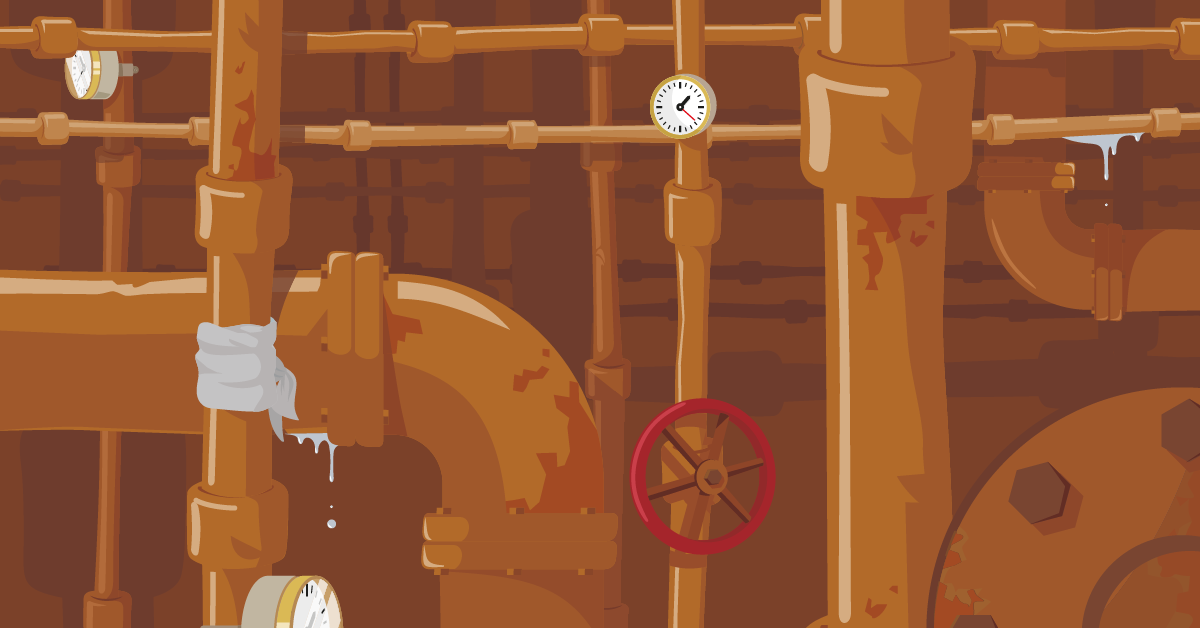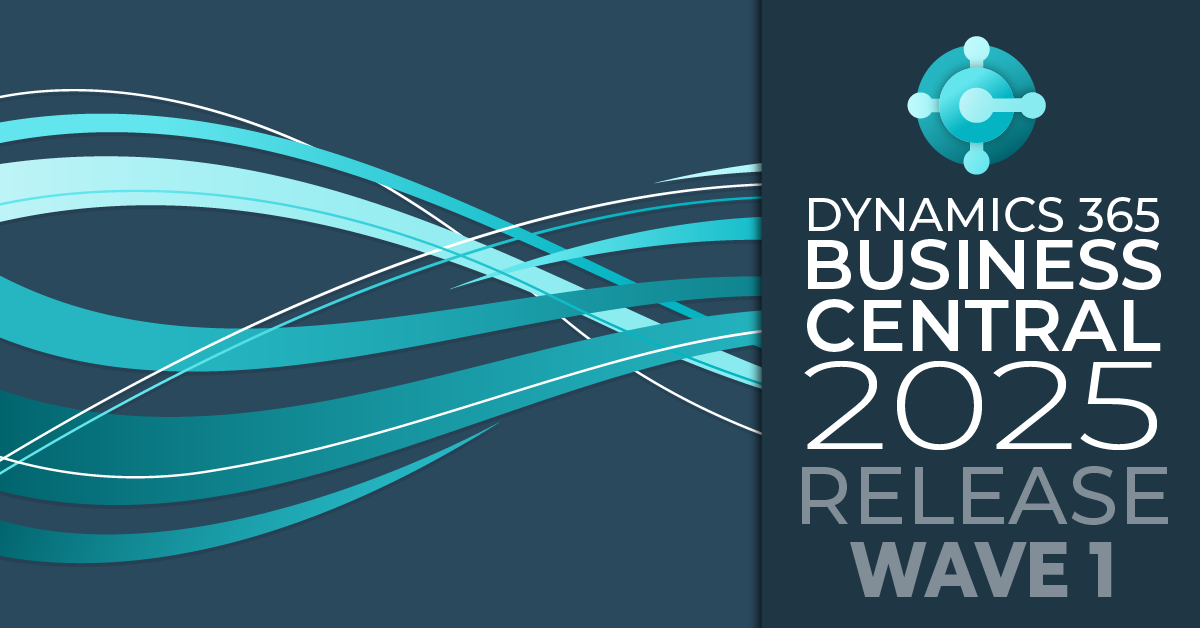That is, it will carry on doing what it already does, it doesn't wear or fray. This is why so many companies are still using old (or very old) Dynamics NAV systems, some still under the brand name of Navision. If that’s you, you may be interested in my thoughts on old NAV systems.
As I said, old NAV systems (unlike old NAV people like me) don’t fade. They are usually quite sturdy, as they’ve been in place for a long time – sometimes that means the bugs are very reliable too, you know where they are, and they don’t move! Often, the old NAV systems are used daily by experienced users who are comfortable, and even efficient, in using it. In almost every case, these old NAV systems are perfectly tailored to the companies’ needs over years or even decades.
When to Consider Upgrading
Don’t get me wrong, often these old systems have modifications designed around an organisation that no longer exists; the business has evolved so substantially from the first implementation that it is now barely recognisable. Often, the bugs or inefficiencies are costly, and the business will benefit hugely from upgrading to Dynamics 365 Business Central. I’m a huge fan of upgrading to Business Central. It’ll likely transform, modernise, and inject new life into your business systems, making them fit for the future.
But this article is about those systems that can’t yet be upgraded. Maybe the business can’t afford a project just yet, maybe there are just too many other priorities. So, what do you do? Put the NAV system on hold (i.e. stop adding further modifications) or continue to develop and enhance the solution until it’s time to upgrade? This is a conversation I have with customers on a frequent basis.
Planning Your Upgrade Timeline
My main starting point is this: every business will update from Dynamics NAV to either Business Central or another solution at some point. No business will be on NAV in two decades time (please take a note to check this in 2043, but I am prepared to be called out of my dotage to hear I was wrong!). So, have a think…will your business still be on that same old NAV system in ten years’ time? No? What about five? In other words, decide when you think you’d like to be on Business Central and begin to form a plan.
It doesn’t matter too much how far away it is but put a stake in the ground. Why? This allows you to then address this in other thoughts. If you have said “in two years’ time, we will be on Business Central”, then by the time you’ve got your budget approval, done some planning, and started a project, it probably makes sense to put a hold on big changes so you can instead spend your time getting ready for the future. If, however, you are looking at five years’ time (or more!) before you decide, it makes no sense to freeze development of the NAV system and have less efficient processes for the intervening years.
Maximizing the Value of Your Old NAV System
For the sake of this blog, for those with old NAV systems and a timeline to upgrade far enough out to conclude that upgrading is not the current priority, what can you do with an old NAV system? The answer is quite a lot. At TNP, we have assets in the form of older versions of our products that can be added to old NAV systems. There are many third-party companies that have older versions of their products too, solutions like Continia AP automation, Jet Reports, Tasklet and MobileNAV are all good examples. These third parties can add accounts payable automation, fantastic reporting tools and great handheld solutions to any old NAV version.
Even better, you can invest in the new technologies like Power BI, Power Automate and Power Apps to solve current business problems that would allow you to move some of the organisation onto ‘current world’ technologies that will be relevant for a long time going forward. Can these tools be implemented with old NAV? Yes, they can – of course not as beautifully as with Business Central, but they definitely can.
We also have many customers who implement a Business Central solution alongside the old NAV solution, with or without integration, to manage a small part of the business. Maybe there’s a new business need that a separate system of Business Central could solve; maybe it’s just a way to give a great view of information to a team who don’t need more than the old NAV client.
So, my ask of you. If you’re not yet ready to upgrade to Business Central, think about when you might, however far in the future. Then decide what you might want to do in the intervening time (don’t forget to allow enough time in that intervening period to actually do the upgrade!). I famously asked one of our large customers this same question. They said they wanted to upgrade NAV in three years! It seemed a long way off. They’re still on NAV now ten years later! Help us help you to plan. Then let’s plan what to do while you wait. And if you want to read more about how we upgrade, head to our upgrading page.





.png)